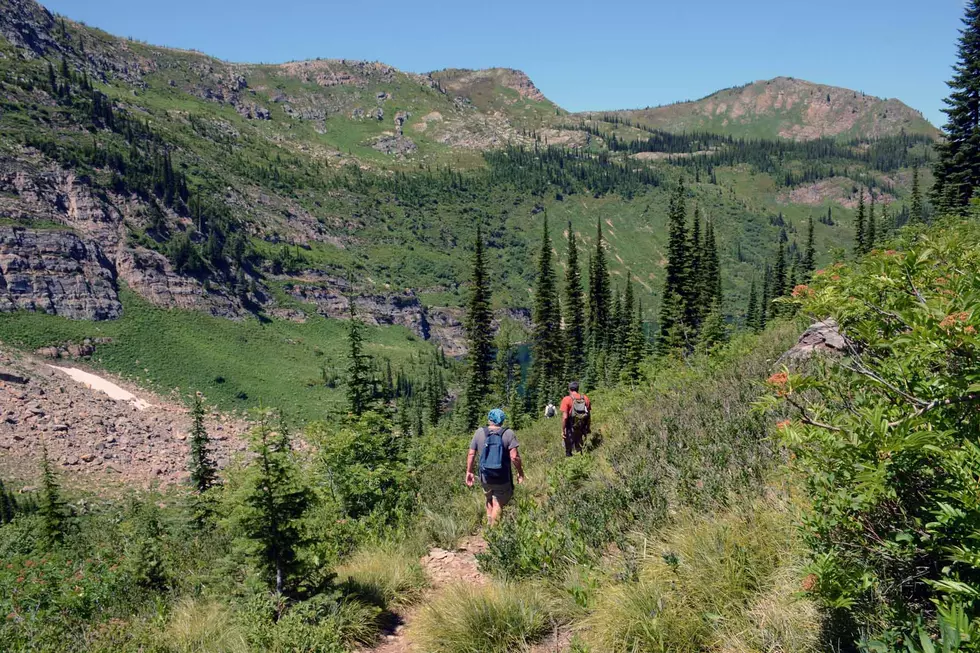
Voices: Industrial recreation isn’t the same as conservation
Industrial strength recreation is a clear and present danger to our public wildlands. Legendary wilderness guide Smoke Elser observed there is a new breed of recreationist: “Mountain bikers are out to challenge the resource. It’s about how fast you can go and how many miles you can put on. Snowmobilers are after the highest mark on the hillside, the highest speed across the meadow.” (Missoulian 4/23/17).
He’s not alone. Dr. Barrie Gilbert, in his book One of Us, A Biologist’s Walk Among Bears, decries the industrial-strength recreation that is imperiling grizzly bears in our national parks and forests. Author Todd Wilkinson bemoans the rise of “the outdoor recreation industrial complex” and the fact that conservation organizations are not “seriously addressing the transformative ecological impacts of more people using the landscape.” (Mountain Journal 8/7/20).
Federal and state biologists in Oregon found all recreational uses have negative impacts on elk, with mountain bikes and ATVs having the most. In Colorado, burgeoning recreational use has nearly decimated a large elk herd.
While there are positive aspects of the Blackfoot Clearwater Stewardship Act (BCSA), it sacrifices roadless areas that are wilderness in fact, if not law. If you’re a logger or a snowmobiler, mountain biker or ATV rider with expensive toys and income to burn, you’ll be happy. If not, too bad. Sen. Jon Tester has been unwilling to consider changes to the bill or listen to anyone who is not a supporter of the “collaborative” that wrote it. It’s take it or leave it, at least until Congress gets its hands on it.
Pushing it through the current Congress is a bad tactic. Tester is a Democrat and the Senate is controlled by Republicans in lockstep with Trump’s public lands exploitation agenda. This would result in further compromises meaning more logging, roadbuilding, ATVs, snowmobiles and mountain bikes further reducing our priceless roadless and wildlife heritage.
The elk, wolverine, grizzly and bull trout don’t know the difference between de facto “small w” wilderness or legally protected wilderness. To them it’s home. Supporters who claim the Monture area will be protected under the BCSA don’t tell the whole story. Nearly half this area will be given over to mountain bikers and snowmobilers right to the Scapegoat Wilderness boundary, turning it into a mechanized playground. Spread Creek, a tributary to Monture Creek, will be ground zero for these activities. A vital part of the Northern Continental Divide Ecosystem will be permanently degraded.
Another collaborative has agreed to give away Wilderness Study Areas in the Gallatin Range near Yellowstone to ATVs, logging and high-speed mountain bikes as part of the Custer-Gallatin Forest Plan revision. Recall the adage “take only pictures, leave only footprints.” Mountain bike groups think it’s okay to engineer trails with banked curves, retaining walls and more. Left to their devices, backcountry wildlands will increasingly resemble motocross playgrounds, built for speed.
Our public wildlands have value for their own sake and the sake of all the unique biodiversity that survives there against ever-increasing odds. Nearly 90 years ago Bob Marshall said that “Wilderness is disappearing as fast as a snowbank on a hot day in June.” The Northern Rockies Ecosystem Protection Act would prevent further loss.
We shouldn’t treat our remaining wilderness heritage like bread to be divvied up among competing interests. Splitting the loaf until only a moldy heal is left is no way to treat wilderness. We’ve been asked “are we loving our public lands to death?” Our public wildlands are suffering the thousands of cuts from those who put their outdoor recreation and personal enrichment above the health of the land and its native inhabitants.
Mike Bader is an independent consultant to the Flathead-Lolo-Bitterroot Citizen Task Force in Missoula. He has been writing about land and wildlife management issues in the Rocky Mountain West since the 1980s.
